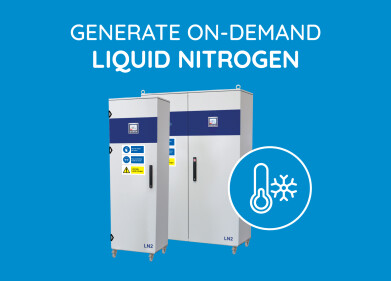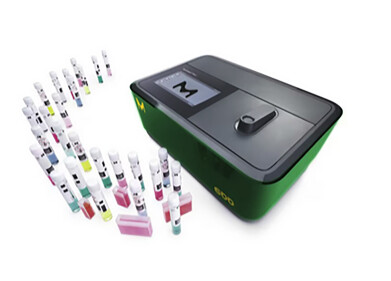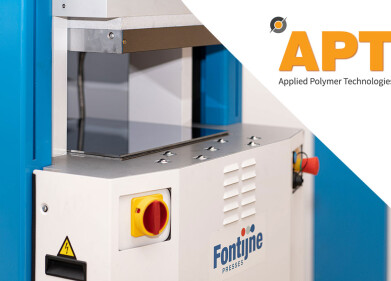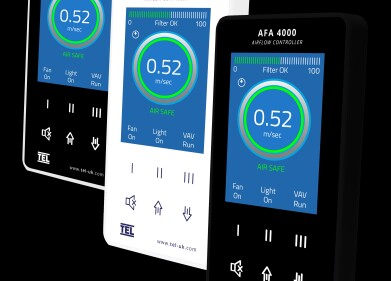Laboratory products
MICRO INERT VALVE NEEDS LESS SPACE AND USES LESS POWER
Feb 20 2009
Smaller components help designers and manufacturers to meet the challenges of producing ever smaller, more compact systems and this is particularly important for portable instruments where size and weight are critical. The new Series 300 LFN, 2-way micro inert valve recently introduced by LEE PRODUCTS is a good example of ‘less is more’, helping designers to maximise the limited space that is available.
This 2-way, normally closed, micro inert valve facilitates higher packing density, enabling more valves to be positioned in the same area, resulting in smaller manifolds and therefore a smaller ‘footprint’. The LFN centre-to-centre spacing is 0.30” (compared to 0.50” for the previous LFV 2-way valve). These valves can also contribute to savings on material costs, for example if engineered plastics, such as PEEK, are used for the manifold
Other benefits include less transport volume thanks to the closer spacing which results in reduced length of the connection passages in the manifold. This can also reduce the amount of reagent needed, whilst also minimising the transport time of a sample. The LFN valve has a low internal volume of just 13 microlitres and so reduces the amount of fluid needed which contributes to lower reagent volume and possibly faster throughput.
The faster response time for the valve of 20 mS (compared to 30 mS for the LFV) allows for greater throughput and the handling of smaller volumes in dispensing applications. Finally, many instruments have a thermal and electrical ‘budget’ whereby designers need to size the power supply to handle all the electrical components in the instrument. Cont…
Cont…
Less power consumption is always more desirable and because more power often means more heat generated this can be a factor where electronic components need to operate within a limited ‘temperature band’. In an enclosed instrument every incoming watt generates work or heat, the more power a valve draws, the more heat it generates, so reducing the power requirement has a cascading benefit. For example; lower heat output from the valves, smaller power supply which generates lower heat, the possibility of passive cooling (convection) removes the need for a fan, which would also add heat and require power. This could be particularly important in portable devices where lower power translates directly into longer battery life, or the need for a smaller battery, leading to size and weight savings.
Typical applications for the LFN 2-way micro-inert valve include liquids handling systems used in laboratory, medical, analytical, biotechnology, OEM applications or wherever instruments are being developed which would benefit from compact, space and power saving features.
email: sales@leeproducts.co.uk
Digital Edition
Lab Asia 31.6 Dec 2024
December 2024
Chromatography Articles - Sustainable chromatography: Embracing software for greener methods Mass Spectrometry & Spectroscopy Articles - Solving industry challenges for phosphorus containi...
View all digital editions
Events
Jan 22 2025 Tokyo, Japan
Jan 22 2025 Birmingham, UK
Jan 25 2025 San Diego, CA, USA
Jan 27 2025 Dubai, UAE
Jan 29 2025 Tokyo, Japan



















